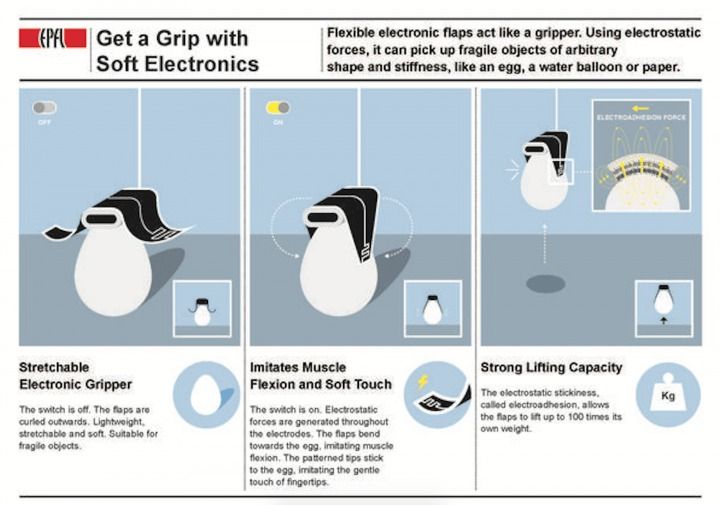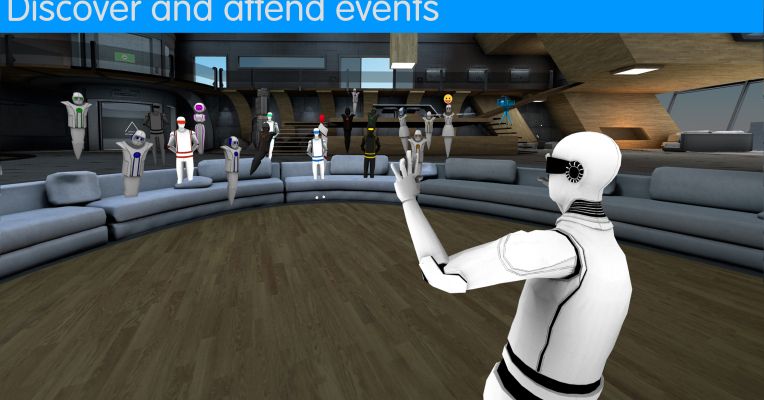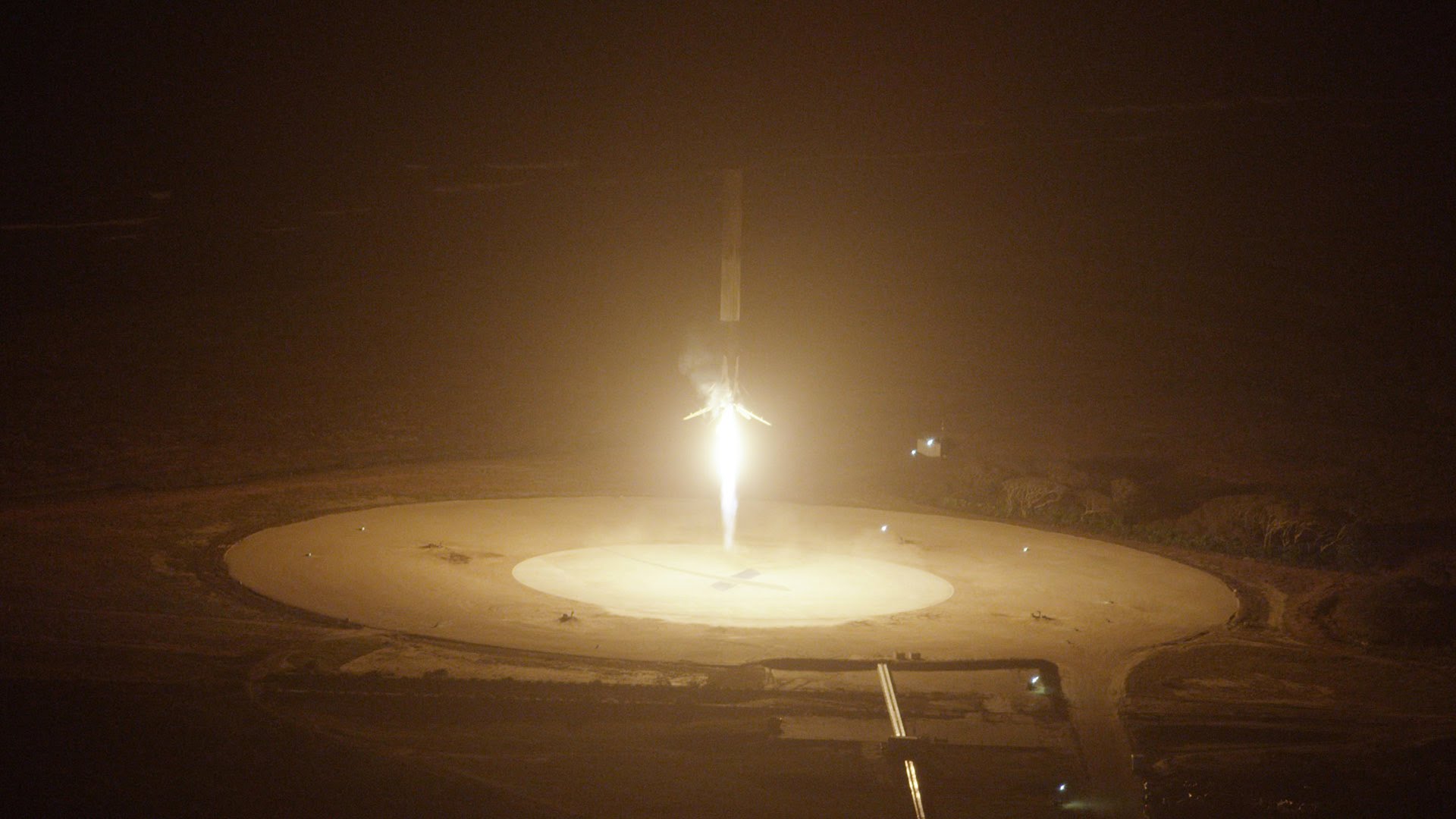Feb 5, 2016
Robot Chef Serves Up the Future of Home Cooking
Posted by Karen Hurst in categories: business, food, habitats, internet, robotics/AI
Moley Chef Robots reappearing again today across the web. These do hold a lot of opportunity for restaurant franchises as well as homes. However, AI in a business has a break even point before the investment is no longer a wise or sound investment.
Always step back and look at the bigger picture 1st (e.g. look at all costs & any risks/ liabilities). Look at initial purchase/ lease costs, any write off/ depreciation opportunities, know your customer & your brand (if your restaurant is because of your master chef then a robot is a line chef which you consider how much your spending on a line chef as well as replacing them v. a robotic chef), know your local food & safety regs. Never good to put in a series of robotic chefs and local ordinances and city committees pass restrictions that forces you to de-install your $60K robot after 1 or 2 yrs.
Continue reading “Robot Chef Serves Up the Future of Home Cooking” »















